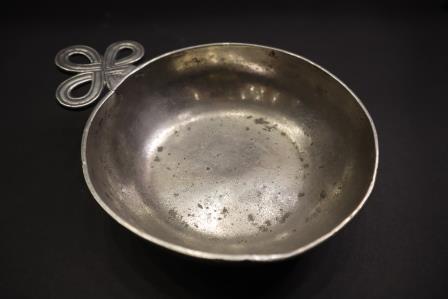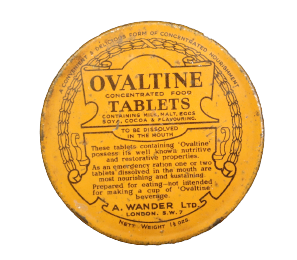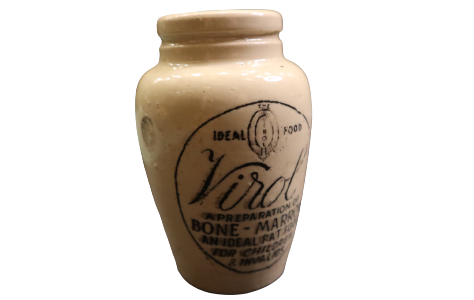From Ancient Greece to the 1800s much of medical practice was based around humoural theory. According to this idea, there were four humours, or fluids, in the body which needed to be kept in balance. These were black bile, yellow bile, blood and phlegm. The balance of these humours was tied to a person’s diet, their age and their gender.
Foods were categorised according to the impact they had on the body’s humours – cucumbers and pork caused phlegm because they were seen as cold and moist, while vinegar and lemons increased black bile because they were seen as cold and dry. A patient could be prescribed lamb or onions by their doctor to cure their complaint as much as they might be prescribed a tincture, lotion or pill.
Changes in medical theory began with the scientific revolution in the mid-1600s. Scientists and physicians began to move away from the idea of the humoural diet. Many ordinary people continued to think of food
in a humoural way into the 1800s and the saying ‘feed a cold, starve a fever’ stems from these earlier humoural principles.
Porringer
[1800s]
A porringer is a low bowl or dish. Porringers owned by wealthy families were commonly made from silver.
For the less well-off they could be wooden or, like the one shown here, pewter. Porringers are often associated with the serving of porridge but the term porridge in the 1700s was much broader than it is now. ‘Onion porridge’ was a common type of soup.
Porringers were used as measuring tools when cooking and as gravy boats. They were also used for bloodletting, with one surgeon writing in 1617 that ‘Blood porringers are necessary at Sea, to be the more certaine of the quantity of blood which is taken, since the blood of a man is so pretious [precious] a thing’.
Ovaltine Tin
[1940s]
Ovaltine is a brand name for a powdered mixture of malt extract, dried milk, egg and cocoa. This product is
the tablet form of Ovaltine, which was intended to be eaten without being dissolved. Invented in 1863 by a scientist in Switzerand, Ovaltine was originally called Ovomaltine, a combination of ovo, the Latin for egg, and malt, one of the ingredients. It was exported to Britain in 1909 with the shortened name of Ovaltine. It increased in popularity after World War One because of its reputation as a nourishing and comforting drink.
It was included in the ration packs of soldiers in World War Two and specifically recommended for pilots because it was seen as aiding concentration and recuperating from the mental effort of flying long missions.
Virol Pot
[early 1900s]
Virol was a health-aiding preparation created by Bovril in 1899. Resembling treacle, it contained bone marrow, malt extract, egg and syrup. Rich in vitamins A, B and D, it was sold by pharmacists and specifically targeted at pregnant women, children and the infirm.
Advertising caimed it strengthened the whole body and helped to grow strong bones. Slogans adopted
included ‘School children need Virol’. According to one newspaper advertisement ‘Children love the flavour of Virol and they thrive on it’. Children were encouraged to take a daily spoonful but it could also be spread on toast and a powder form of Virol was avaiable to dissolve in milk or water. Virol was discontinued in the 1940s.
This blog was developed to accompany the exhibition FOOD: Recipe or Remedy, which runs from 28 April 2022 to 27 January 2023.
Follow our Twitter account @RCPEHeritage or our Facebook page or sign up to our newsletter to get notifications of new blog posts, events, videos and exhibitions.






